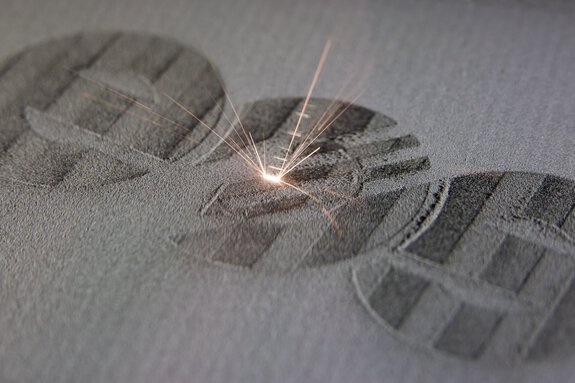FIT and EOS - Pioneers of Additive Manufacturing
Innovative companions for over 25 years
Carl Fruth first worked for EOS before founding FIT Additive Manufacturing Group in 1995, one of the first service bureaus to focus on rapid prototyping using the innovative technologies of 3D printing. Today, the company operates one of the largest additive manufacturing factories in Germany employing both polymer and metal systems from EOS.
Carl Fruth was the first applications engineer at EOS, and his ability to innovate played a key role in the company's success during its first phase of development. The engineering graduate began his career in 1992 at the then start-up EOS in Planegg near Munich. However, he always knew that he would become an entrepreneur.
In 1995, Fruth started with used stereolithography machines from EOS in his garage in rual Lupburg in Southern Germany. Two years later, he built his first manufacturing building nearby in Eichenbühl. Today, the FIT Additive Manufacturing Group employs 280 people and is a service provider for various components and end products. This is because Fruth does not rely solely on additive manufacturing but combines it with conventional processes such as injection molding and investment casting. For example, 3D printing is used to produce the tool and injection molding used to produce the component.
FIT uses thirteen polymer and eight metal systems from EOS. The team runs seven EOS P 760, and in 2017, the company invested in four EOS M 400-4 systems. These are used primarily to manufacture products for the automotive, motorsports, medical and aerospace industries. “We see a particular strength of the EOS technology in the surface finish of the components”, emphasizes Fruth.
Just recently, in 2020, FIT added a system from AMCM's custom machine shop. "This system has a telecentric lens for particularly fine resolution, and we are currently analyzing this exciting technology as part of a research project," Fruth explains.









